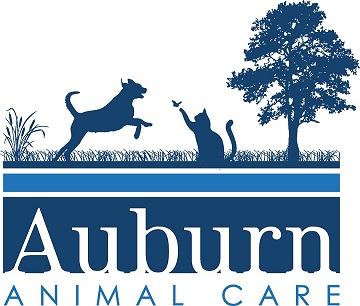Site Accessibility Features: Skip to page menus
Site Menus Section Skip to page content

Cyanosis is defined as a bluish discoloration of the skin and mucous membranes of the body (e.g., the gums), caused by inadequate oxygen levels. There are several conditions involving the cardiovascular/circulatory system and/or the respiratory system that can lead to cyanosis. Treatment depends on the underlying reason for low oxygen levels.
Some cats are born with defects or abnormalities in the structure of their heart and surrounding blood vessels. Blood with low oxygen levels may be shunted from the right side of the heart to the left, mixing with blood that has high levels of oxygen. This mixing reduces oxygen levels before the blood is pumped out to the rest of the body. These structural abnormalities include patent ductus arteriosus (PDA), ventricular septal defect (VSD), atrial septal defect (ASD), tetralogy of Fallot, an abnormal return of blood from the lungs, and an abnormal opening of the heart valves.
Some cats may develop circulatory abnormalities that can lead to cyanosis. These acquired conditions include:
There are many different abnormalities in the respiratory system that can contribute to cyanosis, since oxygen enters the body through the respiratory system. These conditions include:
Muscle damage, such as trauma to the chest wall or the diaphragm (the muscle between the chest and abdomen that facilitates breathing) can interfere with breathing and cause cyanosis. The nervous system can also interfere with breathing and lead to cyanosis. Nervous system issues that may affect breathing include inflammation of the brain or brainstem, brain trauma, stroke, or a brain tumor. Poisoning and hypothermia are also possible causes of cyanosis in cats.
The presence of cyanosis means there is an emergency. Immediate care is needed to stabilize the cat and to improve oxygen levels in the blood and tissues.
Treatment of cyanosis must include managing the underlying problem that led to cyanosis. The root cause of cyanosis in a cat may be life-threatening and may or may not be reversible. Oxygen therapy, removing fluid from the chest (to relieve pressure on the lungs that prevents them from inflating), or creating an opening in the windpipe to facilitate breathing may be needed. Prescribed medications will depend on the underlying diagnosis, and there may be a need for modified activity or a special diet, depending on the underlying cause of the cyanosis.
When a cat is hospitalized for cyanosis, the veterinary health care team monitors the situation closely so they can quickly respond to any changes in the dog’s status.
Once the cat is back at home, it will be important to monitor gum color, breathing rate, and activity/mobility. Homecare will depend heavily on the underlying diagnosis. If primary heart or lung disease is present, the long-term outlook may be very guarded.
It is important to follow homecare instructions carefully and to seek veterinary care if something does not seem right.
© Copyright 2025 LifeLearn Inc. Used and/or modified with permission under license. This content written by LifeLearn Animal Health (LifeLearn Inc.) is licensed to this practice for the personal use of our clients. Any copying, printing or further distribution is prohibited without the express written consent of LifeLearn. This content does not contain all available information for any referenced medications and has not been reviewed by the FDA Center for Veterinary Medicine, or Health Canada Veterinary Drugs Directorate. This content may help answer commonly asked questions, but is not a substitute for medical advice, or a proper consultation and/or clinical examination of your pet by a veterinarian. Please contact your veterinarian if you have any questions or concerns about your pet’s health. Last updated on Jun 6, 2024.
Site Sidebar: Skip to end of sidebar
Search Articles
Filter By Species
View All
Connect with us and one of our team members will be happy to assist you.
Phone: 440-543-1311 Fax: 440-973-9101 Email: info@auburnveterinaryhospital.com
Email UsRequest An Appointment10323 East Washington Street Chagrin Falls, Ohio, 44023
Monday: 8 am – 6 pm Tuesday: 8 am – 6 pm Wed: 8 am – 5 pm Thurs: 8 am – 6 pm Fri: 8 am – 5 pm Sat & Sun: Closed
Get DirectionsOur app features unique technology which allows you to access your pet’s medical records, book real time appointments, get Health Certificates, and much more.
© 2025 Veterinarians in Chagrin Falls | Auburn Animal Care. Provided by Covetrus | Powered by LifeLearn WebDVM